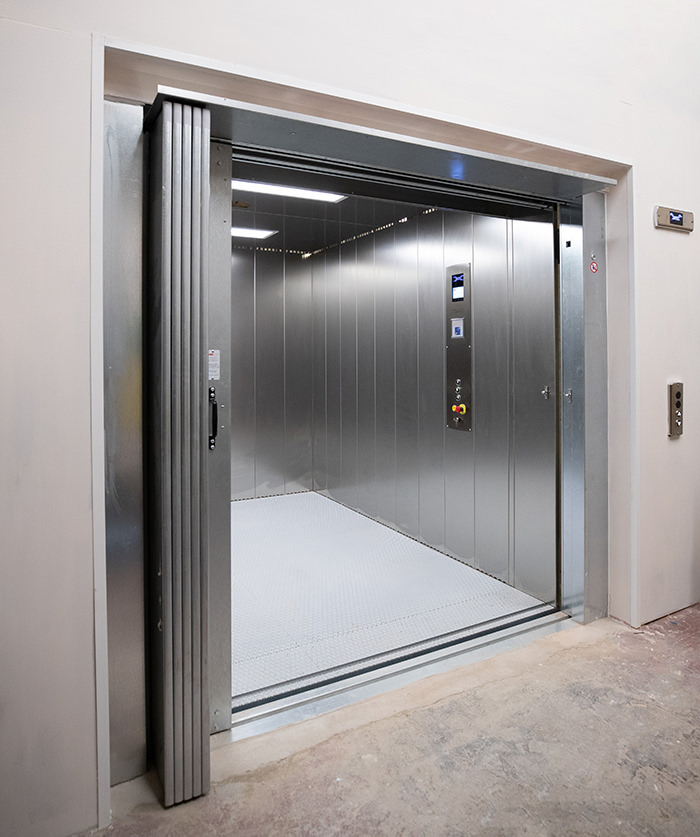We Maintain Lifts with Accuracy: Ensuring Safety and Efficiency
We Maintain Lifts with Accuracy: Ensuring Safety and Efficiency
Blog Article
Digging Into the World of Lifts: Usual Issues Dealt With by Various Lift Systems
As we browse through the upright transportation systems of modern-day structures, lifts stick out as a vital element of our lives. Nevertheless, behind their smooth operation exists a globe of intricate mechanisms that can often experience obstacles. From hydraulic elevators to grip systems and machine-room-less layouts, each lift kind includes its set of common problems. Recognizing these obstacles is essential for making certain the smooth performance of these essential systems. Let's discover the complexities that underlie the procedure of elevators and the possible issues that can develop, clarifying the complex web of lift mechanisms.
Hydraulic Lifts
Hydraulic lifts, usually liked for low-rise structures, use fluid pressure to regulate the movement of the elevator car (lift repair companies). This device includes a hydraulic pump pushing oil right into a cylinder, triggering the lift to relocate the preferred instructions. While hydraulic lifts are understood for their smooth and quiet operation, they do feature their very own set of usual problems
One common issue with hydraulic elevators is oil leakage. The seals in the hydraulic system can wear gradually, resulting in oil infiltration. This not only creates a mess however can likewise influence the elevator's efficiency if left unaddressed. Additionally, concerns with the control system, such as defective valves or a malfunctioning pump, can trigger interruptions in the lift's motion.
Regular maintenance and timely repair work are necessary to make sure the smooth functioning of hydraulic elevators. By attending to these common concerns proactively, structure proprietors can lessen downtime and make certain the safety and security and performance of their vertical transportation system.
Grip Lifts
When thinking about vertical transportation systems in buildings, an additional common type besides hydraulic elevators is the traction lift. Grip lifts run making use of a system of ropes and counterweights that move the elevator car by gripping onto the hoist ropes. This mechanism enables smoother and quicker vertical transport contrasted to hydraulic systems.
Among the usual problems dealt with by traction lifts is rope wear. The constant motion of the ropes within the traction system can cause wear and tear with time, potentially creating the elevator to breakdown or become harmful for use. Routine evaluations and upkeep of the ropes are necessary to guarantee the lift's appropriate functioning and safety.
One more problem that traction elevators might encounter is connected to the control system. Troubles with the control system can result in problems such as unpredictable motion, delays in action times, or also complete closures. Normal testing and maintenance of the control system are essential to stop such issues and guarantee the elevator's reliability.
Machine-Room-Less (MRL) Lifts

Among the crucial elements of MRL elevators is the portable gearless grip equipment that is installed within the hoistway. This equipment successfully drives the lift car without the demand for large tools located in typical traction lifts. Furthermore, MRL elevators generally use a counterweight system to stabilize the vehicle, more improving their energy effectiveness.
Despite their advantages, MRL elevators might face challenges connected to repair and maintenance as a result of the constrained room for devices setup. Availability for servicing elements within the shaft can be limited, needing specialized training for technicians. Correct upkeep routines and regular examinations are vital to make sure the continued smooth procedure of MRL elevators.
Overloading and Weight Limit Issues
Straining and weight restriction concerns are essential concerns in elevator operations. Elevator makers layout raises with particular weight capabilities to guarantee guest safety and security and tools long life.
When elevators are strained, it puts extreme pressure on the motor, cable televisions, and other components, potentially creating failures or malfunctions. Safety and security devices such as sensors and overload sensing units are in location to stop lifts from relocating if they discover excess weight. In addition, exceeding weight visit our website limitations can cause boosted energy consumption and damage on the lift system.
To alleviate straining concerns, developing managers ought to plainly display weight limits in lifts and educate owners on the importance of sticking to these limitations - lift repair companies. Regular upkeep checks by qualified service technicians can additionally aid guarantee that lifts are operating within safe weight specifications. By dealing with overloading and weight limit issues proactively, structure owners can improve elevator safety and efficiency
Electric System Failings
Exceeding weight limitations in lifts can not advice only bring about mechanical problems however also potentially contribute to electric system failures within the lift framework. Electrical system failings are an essential concern in elevator procedure, as they can cause unexpected shutdowns, breakdowns, and even security dangers. One common electrical issue is the overheating of parts because of excessive existing flow brought on by overwhelming the elevator past its capability. This can result in harm to the circuitry, motor, or control systems, leading to pricey repairs and downtime.
Normal maintenance and examinations are critical to determine and address potential electric concerns quickly, guaranteeing the efficient and risk-free operation of elevator systems. By adhering to weight restrictions and carrying out regular electric system checks, building proprietors can reduce the danger of electric failings in lifts.
Verdict

Hydraulic lifts, usually liked for low-rise structures, utilize fluid pressure to regulate the movement of the lift auto.When taking into consideration vertical transportation systems in structures, an additional usual kind apart from hydraulic lifts is the traction elevator. Grip lifts operate utilizing a system of ropes and counterweights that relocate the lift auto by clutching onto the hoist ropes. Unlike traditional find here elevators that need a different maker space to house the tools, MRL lifts incorporate many of the components within the shaft, getting rid of the requirement for a committed maker space.In final thought, lifts face usual issues such as hydraulic breakdowns, grip system failures, and electrical system troubles.
Report this page